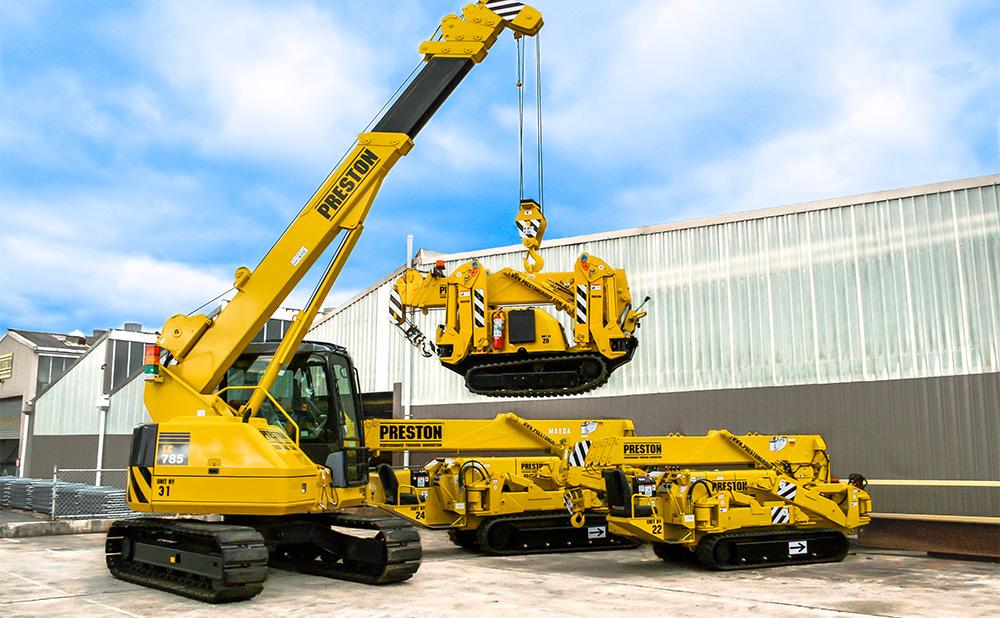If you were to pick the one material which has had the largest and indeed, the most impressive, impact on industrial development, it would have to be steel.
Steel is connected to everything from cars, trains and airplanes to weapons and buildings; and if you are interested in how influential steel is in modern industry, then you should most definitely continue reading.
Table of Contents
The Early Origins of Steel
Before you find out just how integral steel is to virtually every industry across the spectrum, it would also be interesting to find out all about the origins of steel.
The existence of steel pre-dates even the earliest man, but once human beings were inhabiting the earth, primitive humankind found meteorites which had crashed down to earth and contained the elements iron and nickel.
Eventually, and over the course of hundreds and thousands of years, humankind worked out how to combine both elements using the process of smelting, and by the turn of the Iron Age, steel was the preferred metal for weapons over bronze.
Steel in the Manufacturing Industry
With virtually brand-new processes such as stainless steel passivation, the modern-day developments involving steel are still as innovative and impressive as they were way back – when early man discovered smelting.
After liquid steel solidifies back into a solid material, this produces crude steel and is the very first unworked form of steel that exists. The manufacturing industry is one of the leading sectors, using huge amounts of steel in bulk quantities, with a 2019 report finding that the total production cost of crude steel was just over 1.88 billion dollars.
Steel in the Automotive Industry
Steel is a hugely essential component of the automotive industry and is the primary element of an average motorcar, with approximately two thousand pounds of steel used in production.
Modern cars, that is, those with more aerodynamic properties (and especially those designer, high-end makes and models), also use higher strength and advanced types of steel in their creation.
Steel and Infrastructure
It is estimated that just under half of all manufactured steel is used, in some way or other, for infrastructure and inside both commercial and private building construction – specifically in sheet products (ceilings and rooves) and reinforcing bars.
Additionally, large quantities of steel are also often utilized in shelving, rails and stair bannisters, and with the number of different treatments that can be applied to crude steel, innovative interior designers also choose focal points and home décor with a steel base.
Steel and Everyday Equipment
Finally, as you might expect, a large amount of steel is also utilized in myriad ways in the context of electrical equipment and domestic appliances.
Many items in your own home will be made primarily from steel, from washing machines and tumble dryers, to microwave ovens and refrigerators, with the average washing machine containing approximately eighty-two pounds of steel and the average freezer-refrigerator containing just over seventy-nine pounds.
As you can see, steel production shows absolutely no sign of waning in the near or even distant future!





